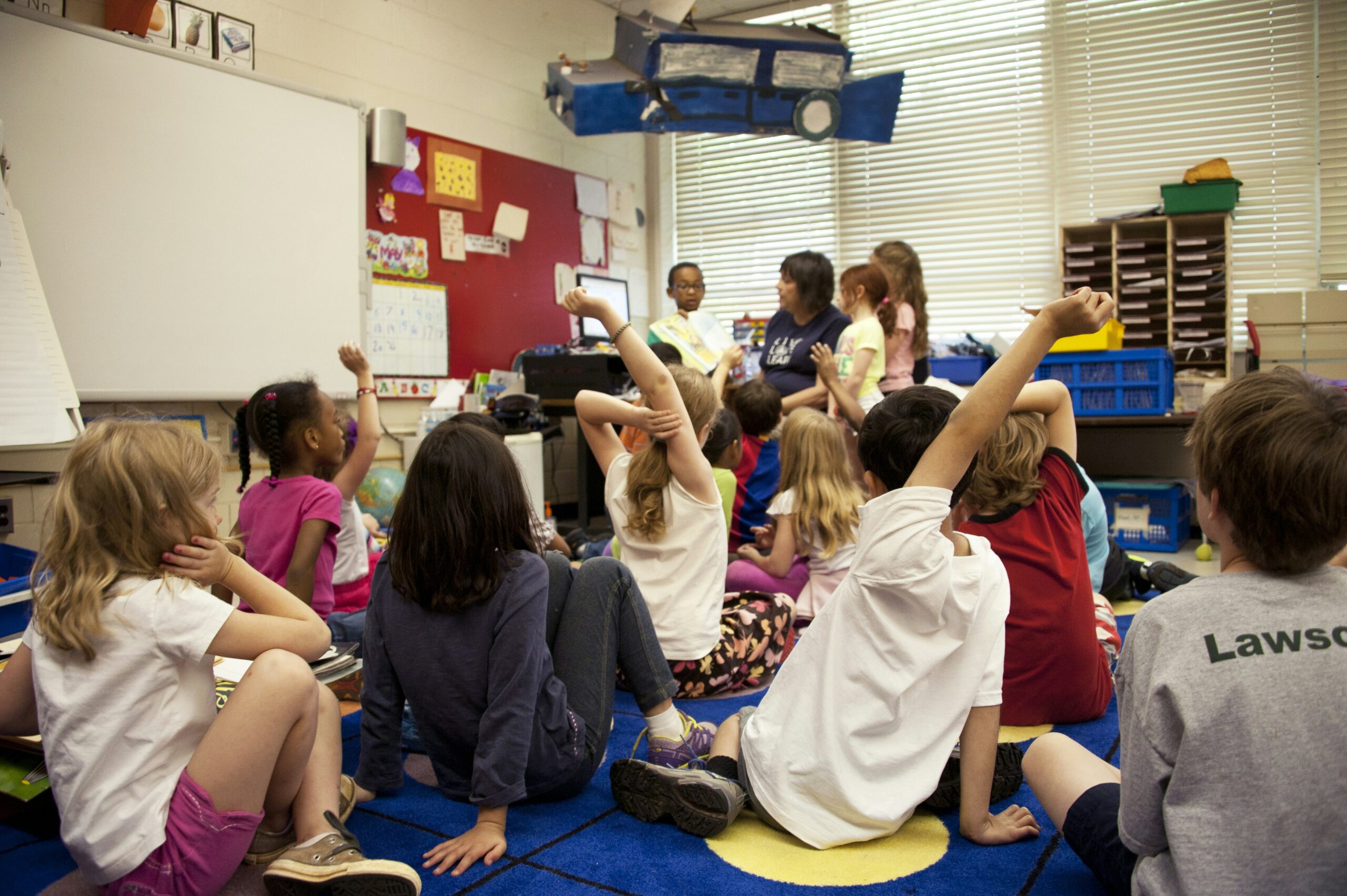Blog#4

This week’s study has thrown up a few questions for me: Where does the real presence of teachers and students come from in an online learning environment? In what capacity are we learning in the virtual space?
In Bonnie Stewart’s podcast “Networked Pedagogy”, she shares the illuminating idea that teaching and learning in digital environments is not a linear process, but a network of relationships, interactions, and social links. She argues that rather than strictly controlling the content of the course, the teacher’s role is to create a sense of connection that resonates between people, making learning a meaningful experience of being together.
Barnes’ article deepens my understanding of “teacher presence” in another way. She points out that in online teaching, whether a teacher is truly “present” is not just a matter of whether you’re online or responding to posts, but whether you communicate a combination of social presence, cognitive support, and emotional expression through your words, responses, and guidance. In other words, do teachers really make students feel like they have someone on their backs, rather than just a systematic prompt?
Finally, Weller’s article opened my mind further. He suggests that in an age of information overload and ubiquitous social platforms, learning has long since moved beyond the processing of information by an individual’s brain. It is more like a process of traveling through a network, constantly connecting and co-constructing knowledge. Learning occurs between us and others, between us and our tools, between us and our environment, rather than in a separate textbook chapter.
These pieces of content made me realize that learning is never actually a one-person affair. Whether it’s face-to-face or online, learning always happens in the context of human interaction or human interaction with the environment. In an online environment, our identities are fluid. Sometimes as students, sometimes as discussants and collaborators. This fluid identity allows us to express ourselves more freely, but it also makes us start thinking about how we can participate in learning in different spaces
I also wondered if a “learning space” is not a specific classroom or a link to a webpage. What makes a space feel like it belongs to you is that there are people there who respond to you, understand you, and support you. It is only when interaction and communication really happen that the space becomes a place, not just an empty platform.
These reflections also made me look again at my role in teaching. Am I an activity facilitator, or am I someone who can slowly construct spaces and relationships with students? I think that in the future, I will not only design tasks, but also find ways to let students have a sense of belonging, a space to speak, and a way to connect with each other.


Hi!
I appreciated your comment about the idea that a learning space becomes meaningful only when genuine communication occurs; this is where it transforms into a space of connection. I think that is an excellent way to frame that sense of belonging for students. This made me think further about the strategies that show a high level of impact on students, which can benefit students by being seen, heard, and connected in the right way, allowing the space to feel safe and comfortable. In my opinion, this may involve using icebreakers with students, promoting open communication about the type of feedback they prefer in their learning, or even creating a space for informal check-ins to make students feel safe and supported by their educators.
Hi!
Thank you very much for your response! I really appreciate how you expanded on the concept of “connection” by emphasizing strategies that actively promote emotional safety and inclusion. I completely agree – real communication is what transforms learning spaces into spaces of belonging.As you mentioned the use of icebreaker games, inviting people to share feedback and creating informal check-ins are all very practical and effective in creating a sense of being noticed and supported. It made me realize that facilitation is not just about guiding content, but also about building relationships and trust. I will definitely think more carefully about how I can incorporate these seemingly insignificant but meaningful practices into my future learning spaces. Thanks again for sharing your insights – it really resonated with me!
Hi Dylan!
This is a great blog post! The photo at the start is wonderful and helps engage an audience. I like how you mention three articles. This is done concisely and well, showing how much effort you’ve put into the post. I also like how you’ve bolded specific phrases. This made it more interesting to read and helped convey vital points to the readers. I also appreciate how insightful your thinking is. Your point about a “learning place” isn’t necessarily a particular classroom is fantastic.
One way to make this amazing blog even better would be by adding hyperlinks to the three articles you speak about. You could also add a reference list at the end.
Great job, Dylan!
Hi!
Thank you so much for your friendly feedback! I’m glad you noticed the structure and styling choices of the article – I hope that elements like bolding and images guide the reader and make the article more dynamic.
I really appreciate your point about adding hyperlinks and reference lists – it’s a great suggestion and I’ll definitely incorporate it to make the resource more accessible!